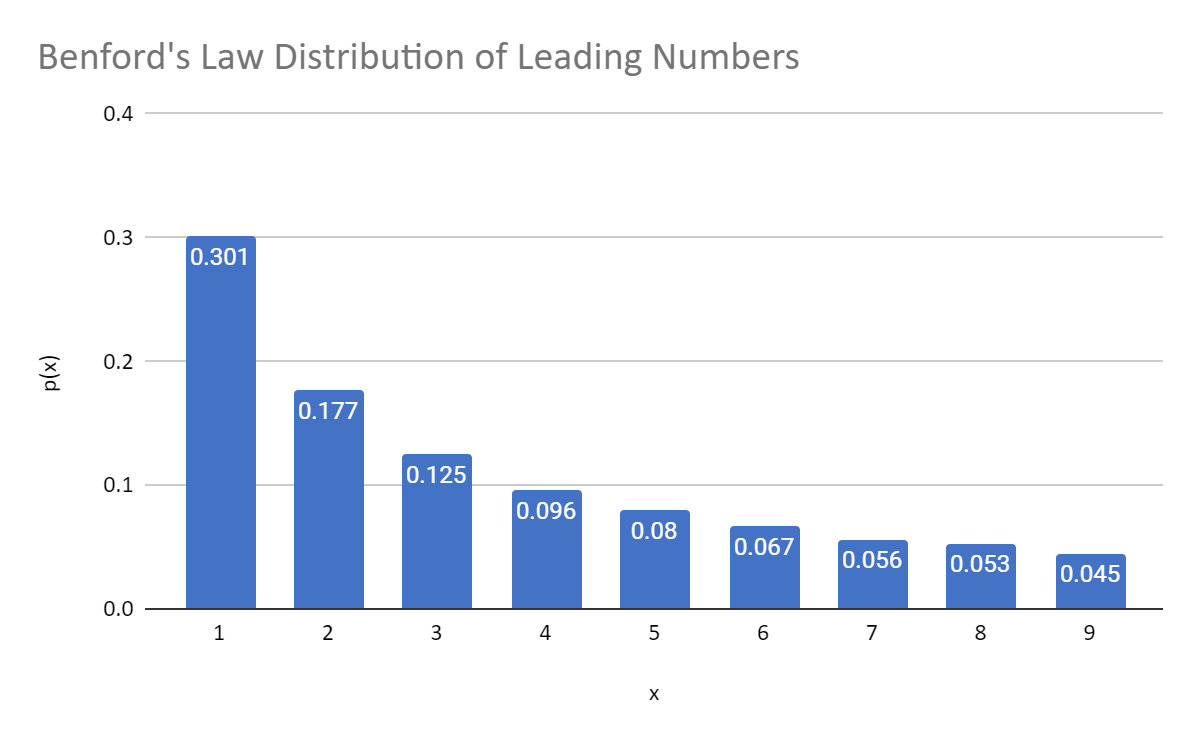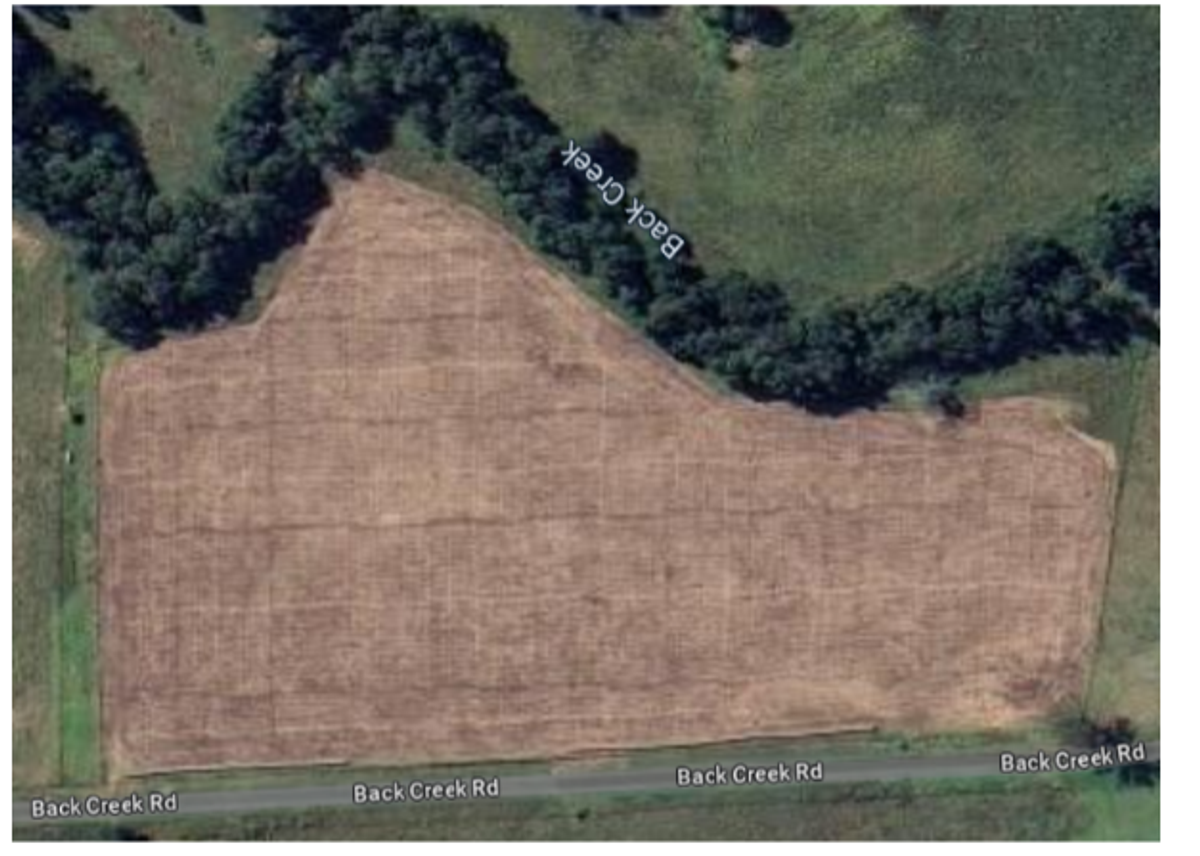Year 12 2024 Math Students
Completing Their First HSC Assessments

Year 12 2024 Math Students
Completing Their First HSC Assessments
This term in Maths our Year 12 2024 students have been busy completing their first HSC assessments. These are Maths investigations. The Advanced classes have been investigating Benford’s Law and how it is used to detect fraudulent activity in financial transactions or voting polls. Benford's law, also known as the Newcomb–Benford law, the law of anomalous numbers, or the first-digit law, is an observation that in many real-life sets of numerical data, the leading digit (first number) is likely to be small. In sets that obey the law, the number 1 appears as the leading significant digit about 30% of the time, while 9 appears as the leading significant digit less than 5% of the time. The initial assumption that most people make is that If the digits were distributed uniformly, they would be evenly distributed about 11.1% of the time. This is not the case (see the graph). If the data does not fit into the Benford’s Law distribution it could suggest fraudulent activity and warrants further investigation. You can watch this video to understand this better.


Students are using Google Sheets to investigate different data sets to see if Benford’s Law holds and are investigating some financial data to see if fraudulent activities may be present.
Year 12 Standard Maths students are investigating scale and non-right angle trigonometry and how it can be used to approximately calculate areas of non regular areas or measure things that are not easy to measure. They have been given an aerial image of a paddock and are required to use their knowledge of scale and trigonometry to find its area.


Mr Flannery’s Year 9 class have been busy investigating shopping. On Tuesday 14th of November, Year 9 5.1 went to the Wagga Marketplace to undertake a study of supermarket pricing and visit specialty shops to calculate percentage discounts.
The student’s quickly learnt how looking closely at pricing can save a lot of money. Looking at various brands, packaging and quantity makeup can make a substantial difference in the final cost. One such example was sliced ham - packaged $37/kg as opposed to the delicatessen sliced product at $20/kg.
The students received many accolades from members of the public for their outstanding behaviour. My sincere congratulations to the students who were an absolute credit to their families and to their school. Thanks also to Mr Dave Flannery and Mr Matt Ward for his assistance with the excursion.
Amanda Brown | Maths Coordinator